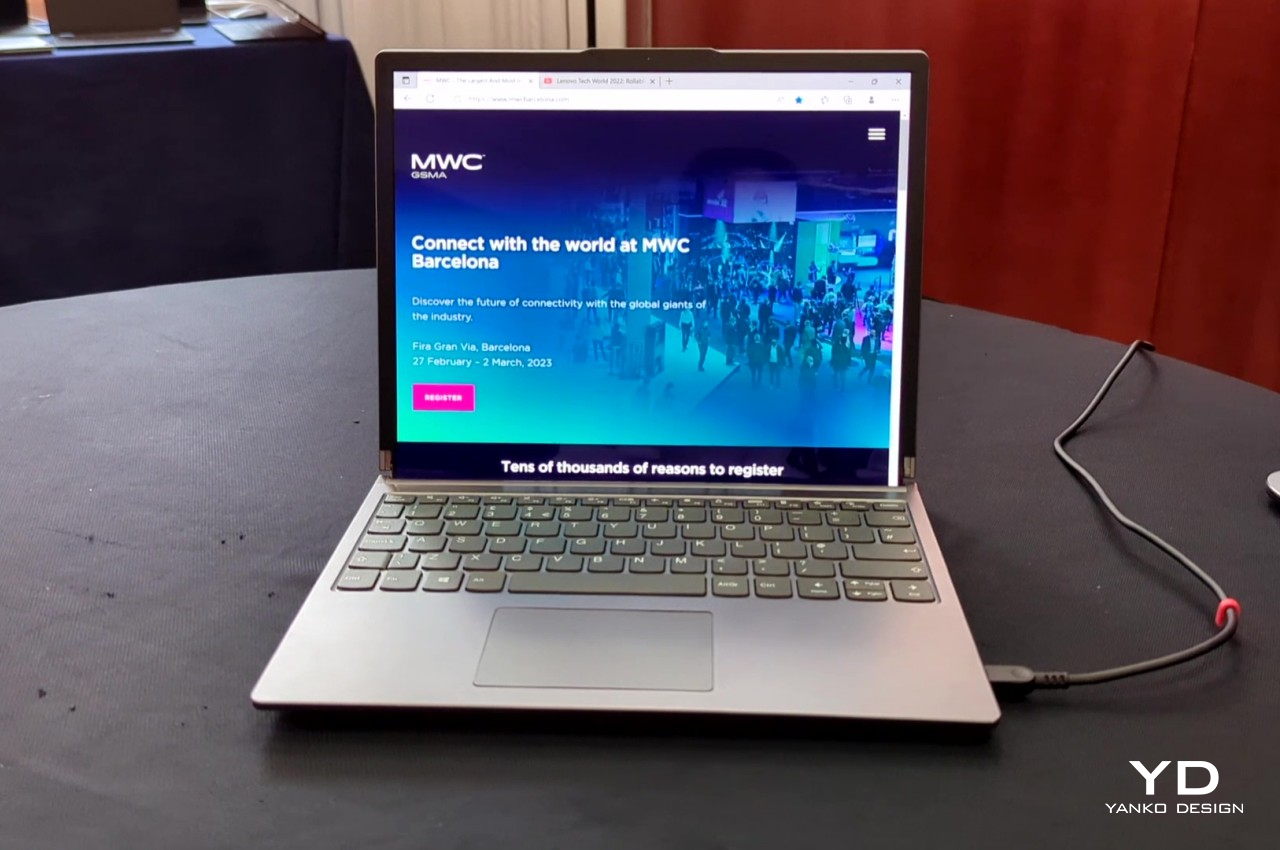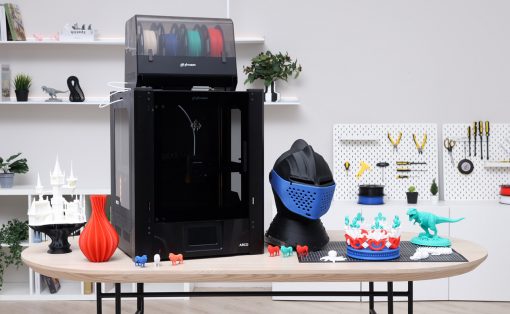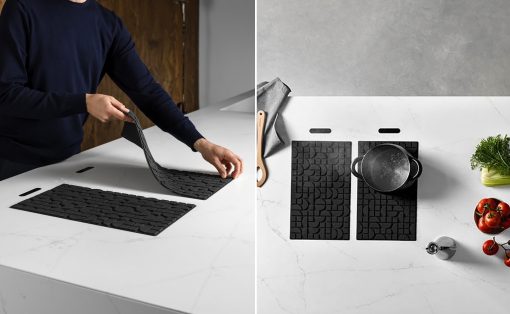Foldable phones might be starting to become a little bit more common, but they aren’t the only way to get a larger screen without increasing the phone’s size. Due to their relative simplicity and fewer moving parts, however, they are easier to develop and manufacture, at least compared to other alternatives. That doesn’t mean foldable displays are the best, though, just that they’ve had a long time stewing in labs and factories. Rollable screens are slowly catching up, especially in the TV and signage space, because of their space-saving feat. That is still something not completely feasible for mobile devices, but at MWC 2023, Lenovo is showing off not one but two such concepts that could help change the way we use smartphones and laptops, hopefully for the better.
Designer: Lenovo
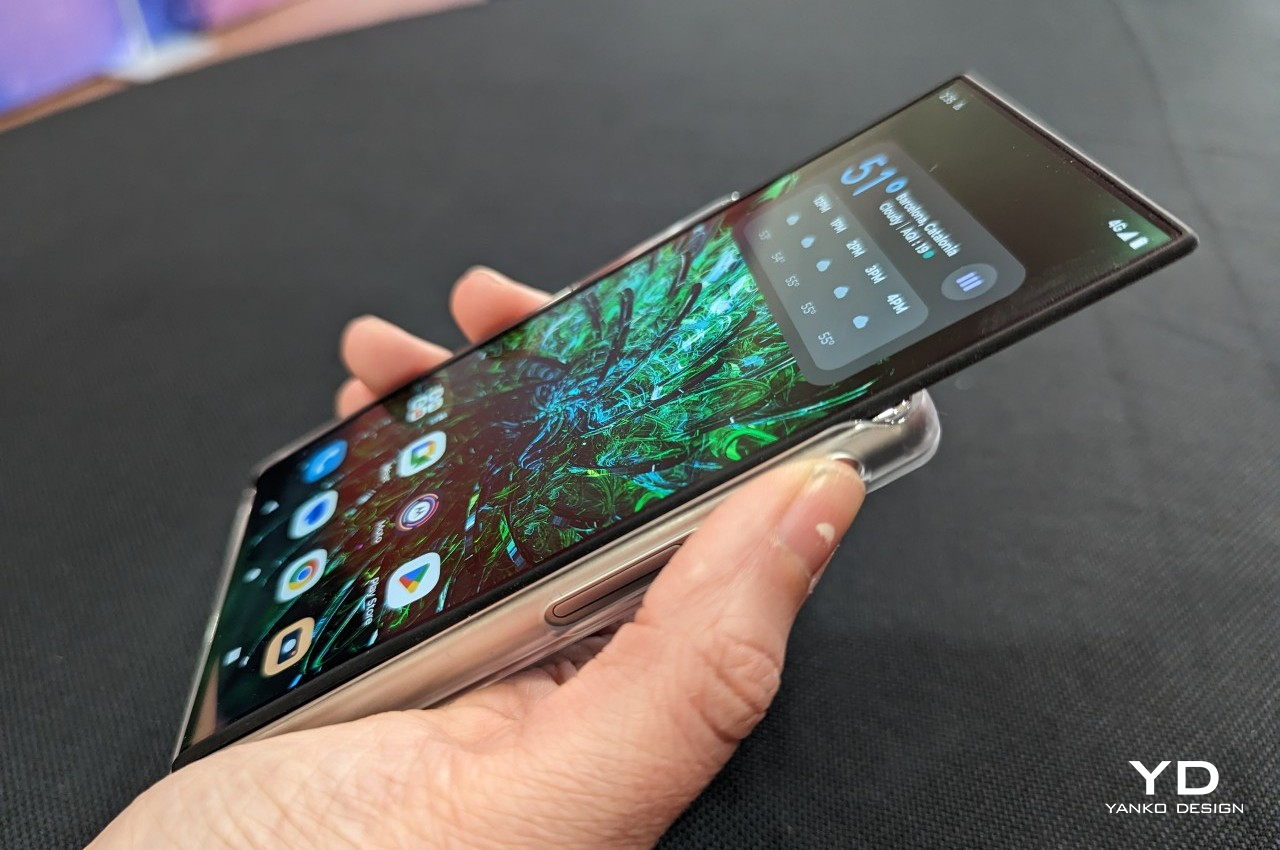
Rollable Phone Concept
A foldable phone technically only needs strong and reliable hinges, while any device with a rollable screen will need some form of motor, which increases the likelihood of something breaking over time. While that might sound like a major disadvantage, the deforming screen has the advantage of being able to hide portions of the screen that don’t need to be used, unlike a foldable display that is only an either-or arrangement. There have been quite a number of ideas on how to put this into practice, and Lenovo is now publicly revealing two of the concepts that it has been developing for some time now.
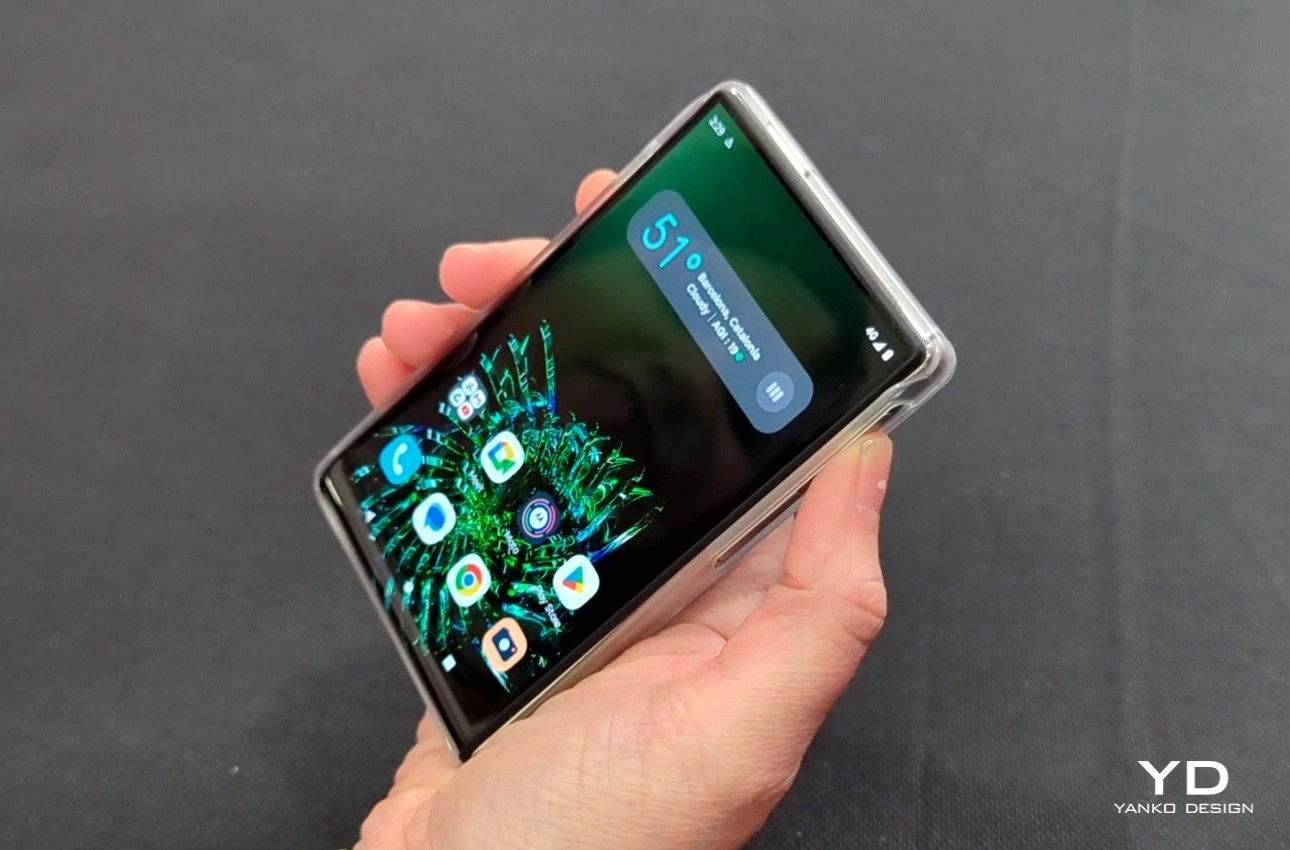
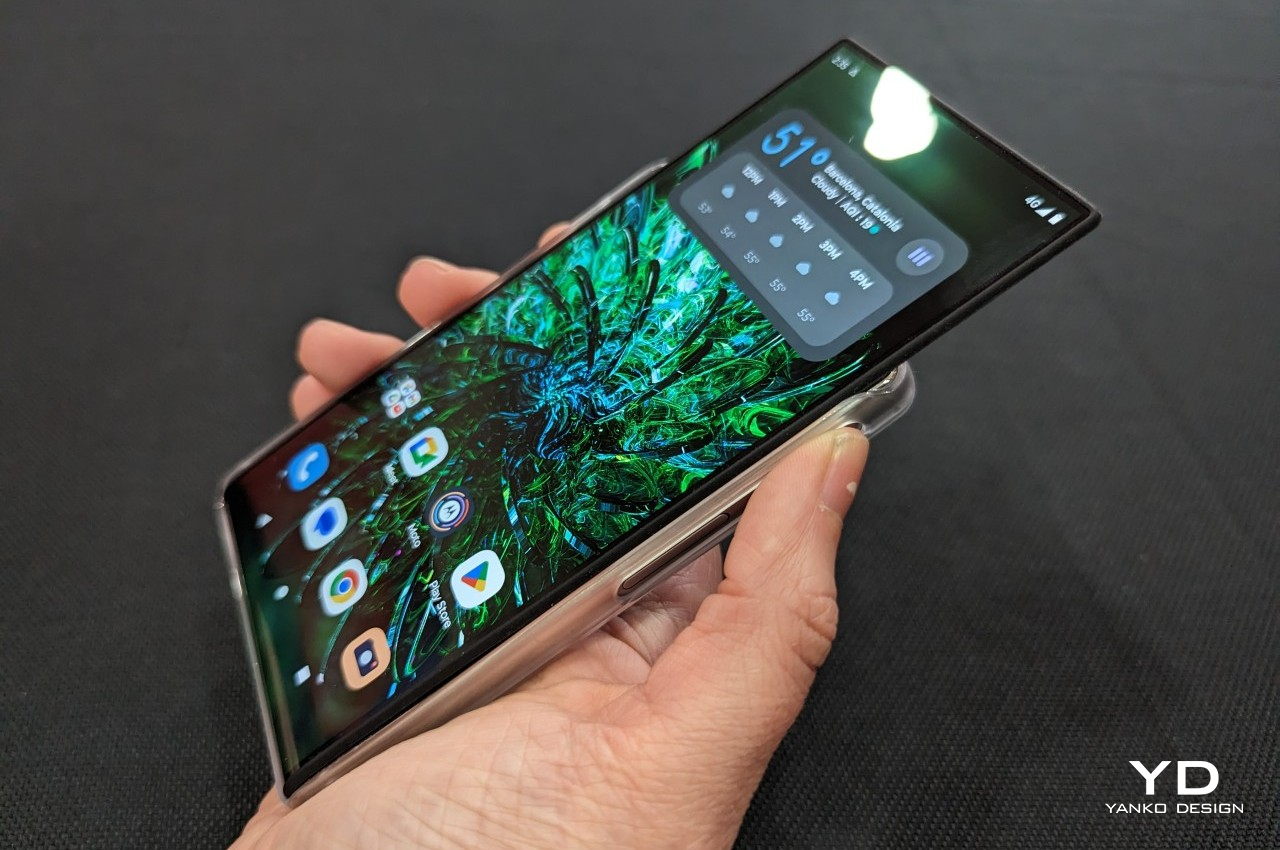
We’ve actually seen some rollable phone prototypes in the past few years, including one from LG that almost made it to the market. Lenovo puts a unique spin on this concept by having part of the screen hidden at the back of the phone when it’s in its compact 5-inch form. A double press of the side button raises the top of the phone, rolling the screen to extend to its full 6.1 inches. Expanding and shrinking the phone can be done manually with that side button, but it can also be made to roll automatically depending on the app being used.
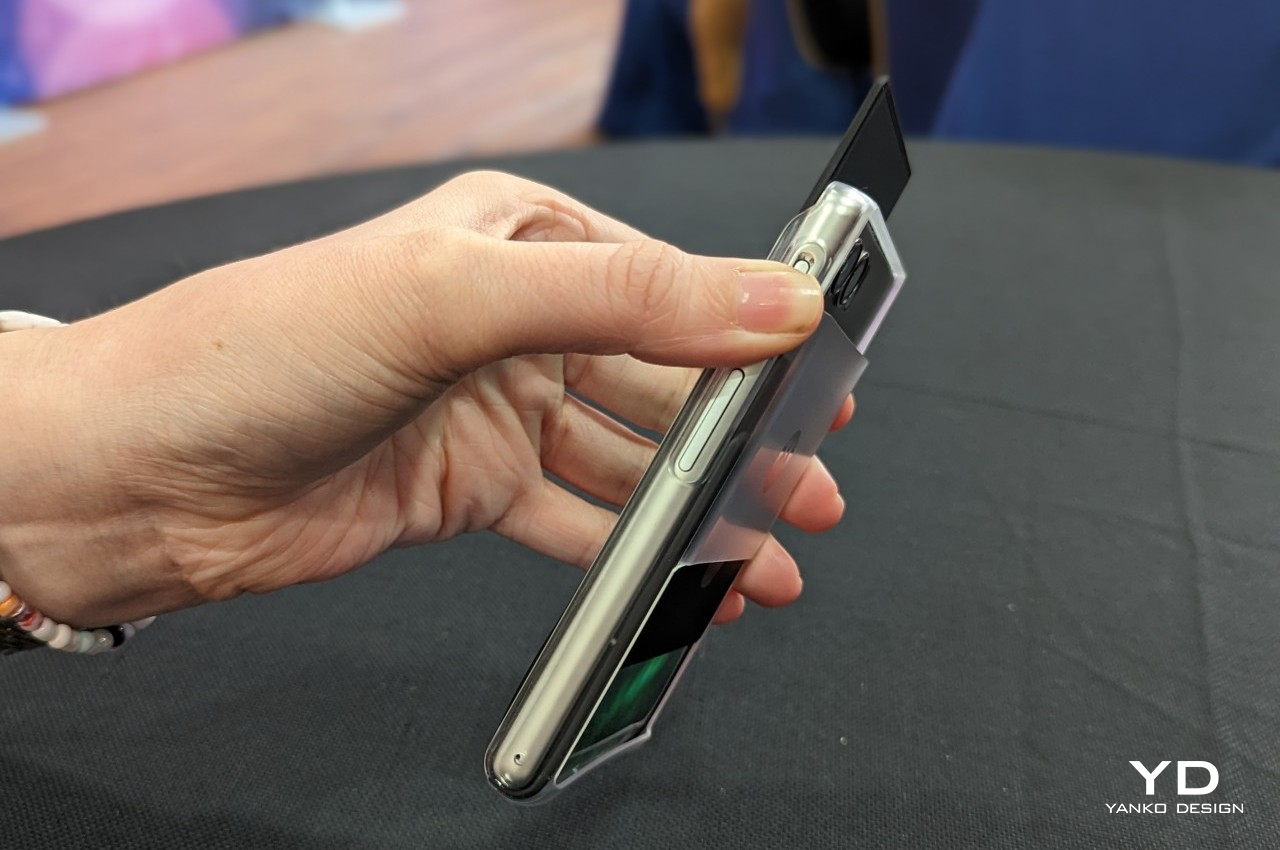
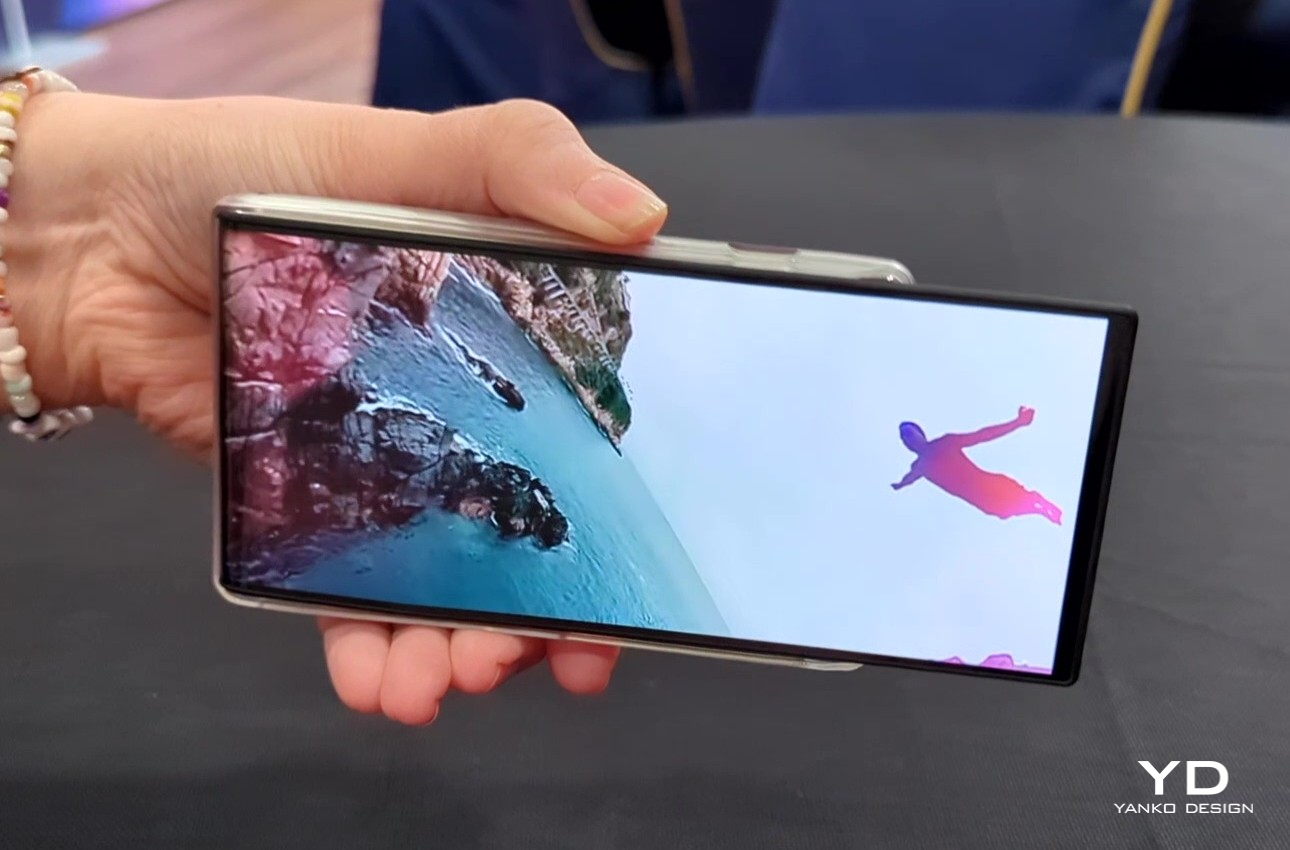
When in its smaller configuration, the small section of the screen on the back can be used as a second viewfinder, showing the camera’s preview or animations to catch kids’ attention when taking photos. Interestingly, the screen also rolls down slightly to reveal the front-facing camera at the top, hiding underneath the display. The prototype phone weighs around 310g, which is considerably heavier than most phones today and has a middling 3,000mAh battery. That said, it’s also still in its early stages, and there’s definitely a lot of room for improvement in other aspects.
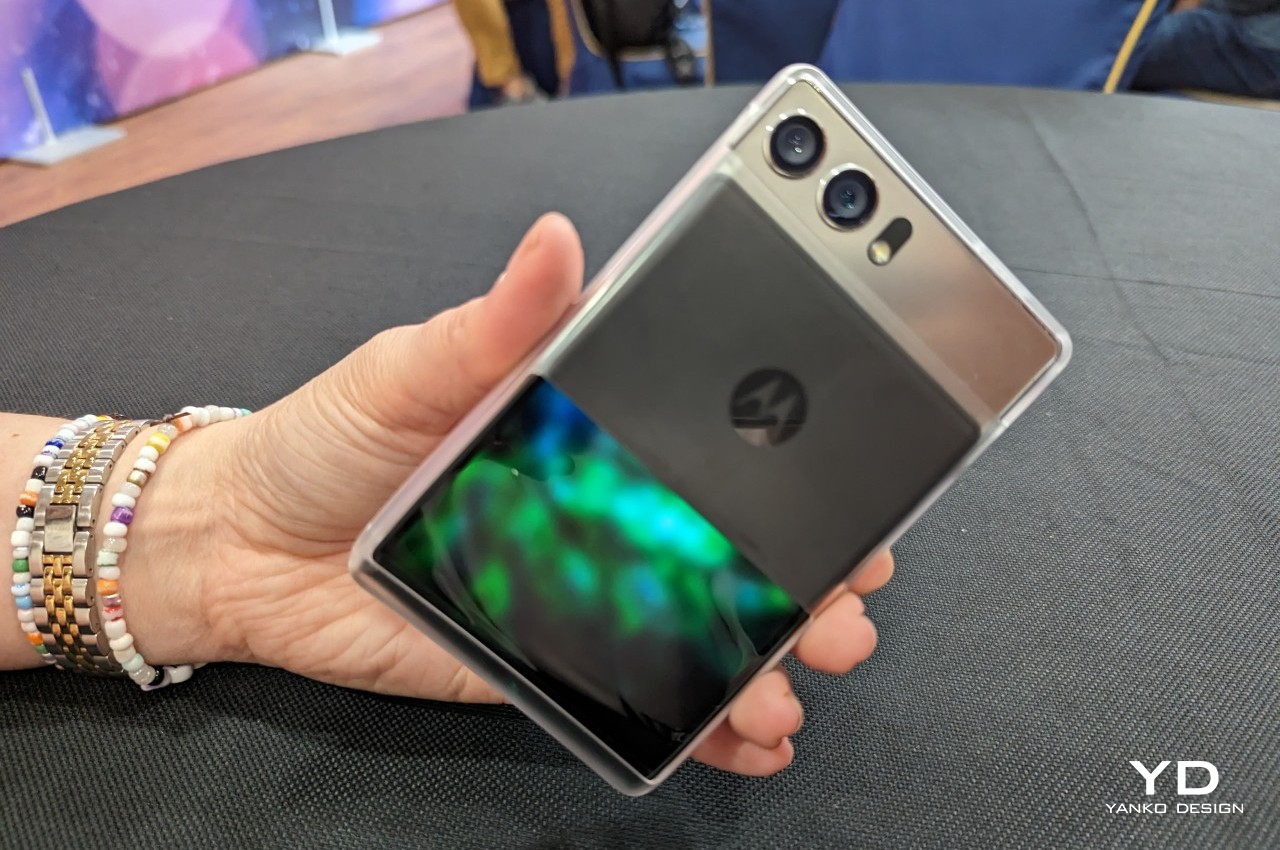
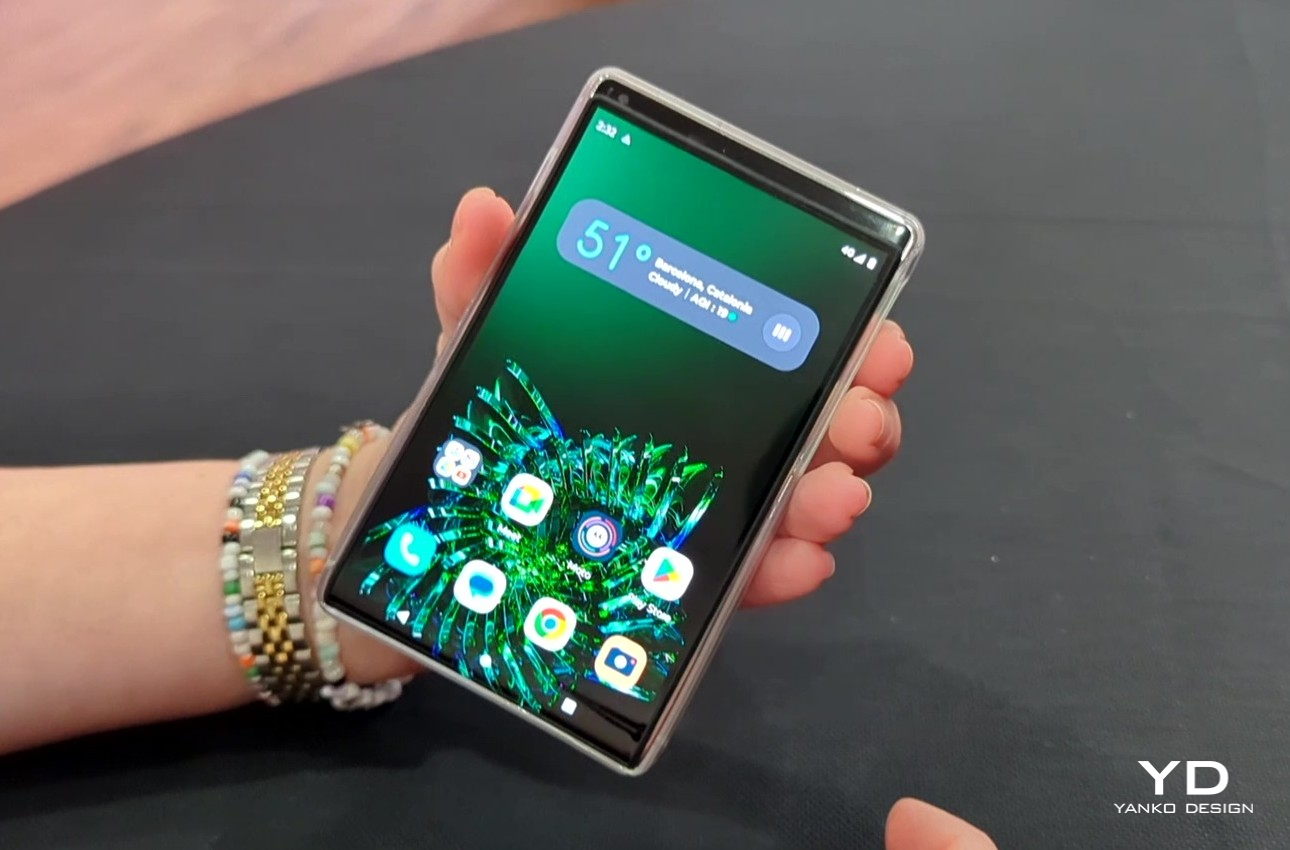
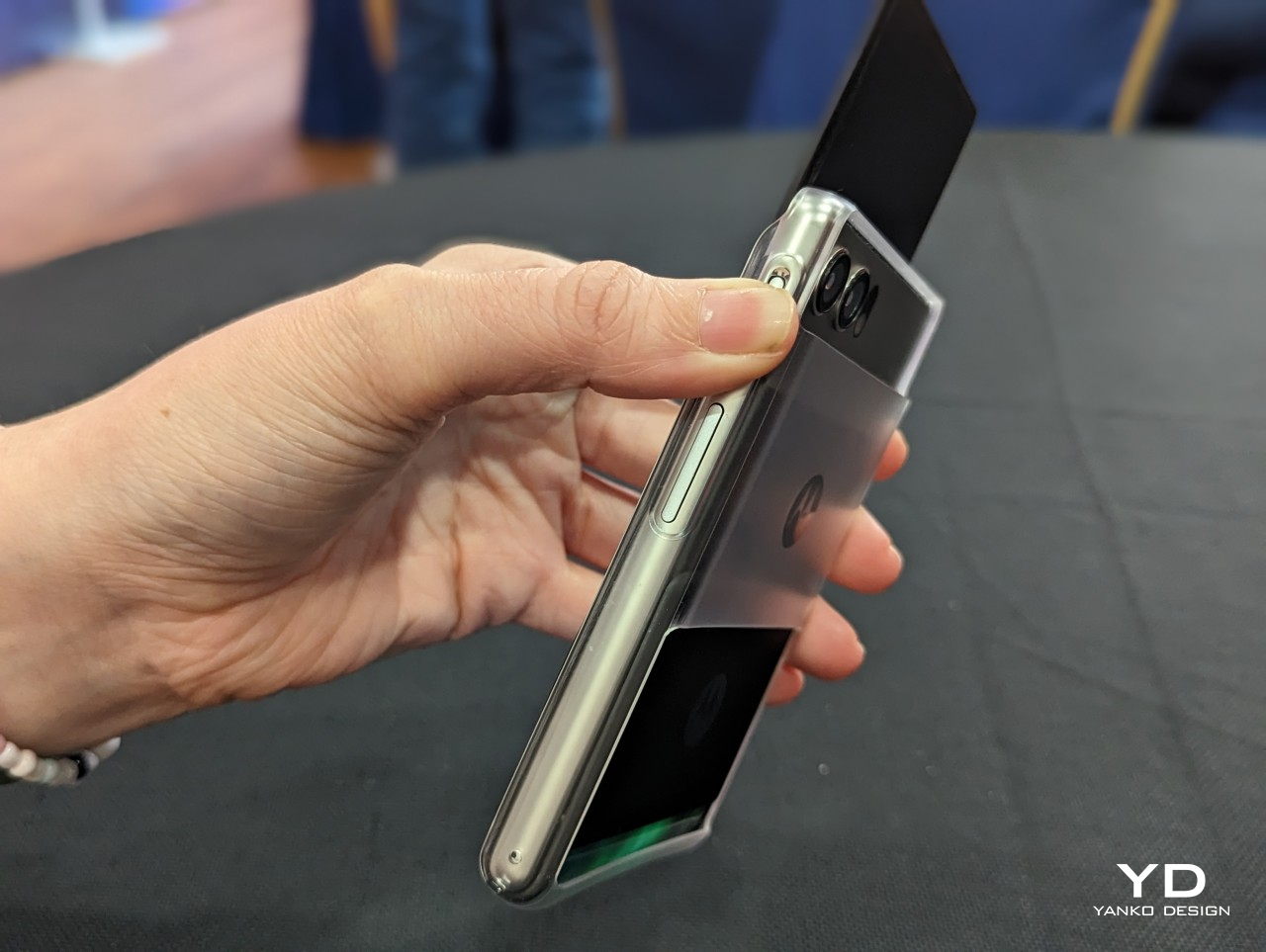
Rollable Laptop Concept
Lenovo is, of course, primarily a PC manufacturer, so it’s no surprise that it also has a rollable laptop prototype to show off. Foldable laptops have only started to become available to consumers, and these early models still have a lot of room to grow. A laptop with a rollable screen, however, would have a very different form factor and use case, and it’s all for helping people be more productive, especially when dealing with long documents or scrolling Web pages.
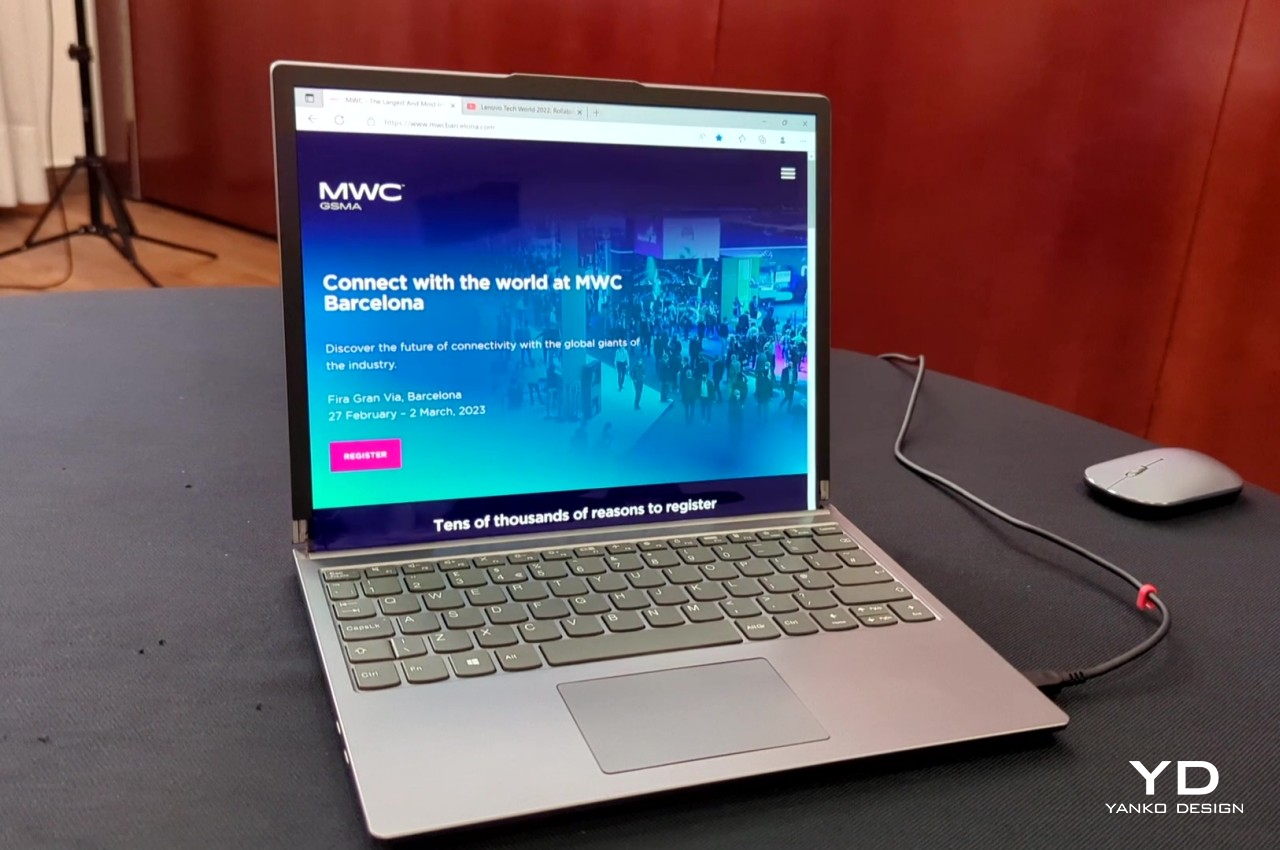
This laptop prototype starts with a traditional 12.7-inch screen that grows to 15 inches when the rest of the display rolls out from underneath the keyboard. In this form, the focus is simply providing more screen real estate to fit more content rather than changing the device’s form significantly. That may sound a bit limiting, but it is also more conventional and easier to understand for most people who really just want a larger screen without a large laptop.
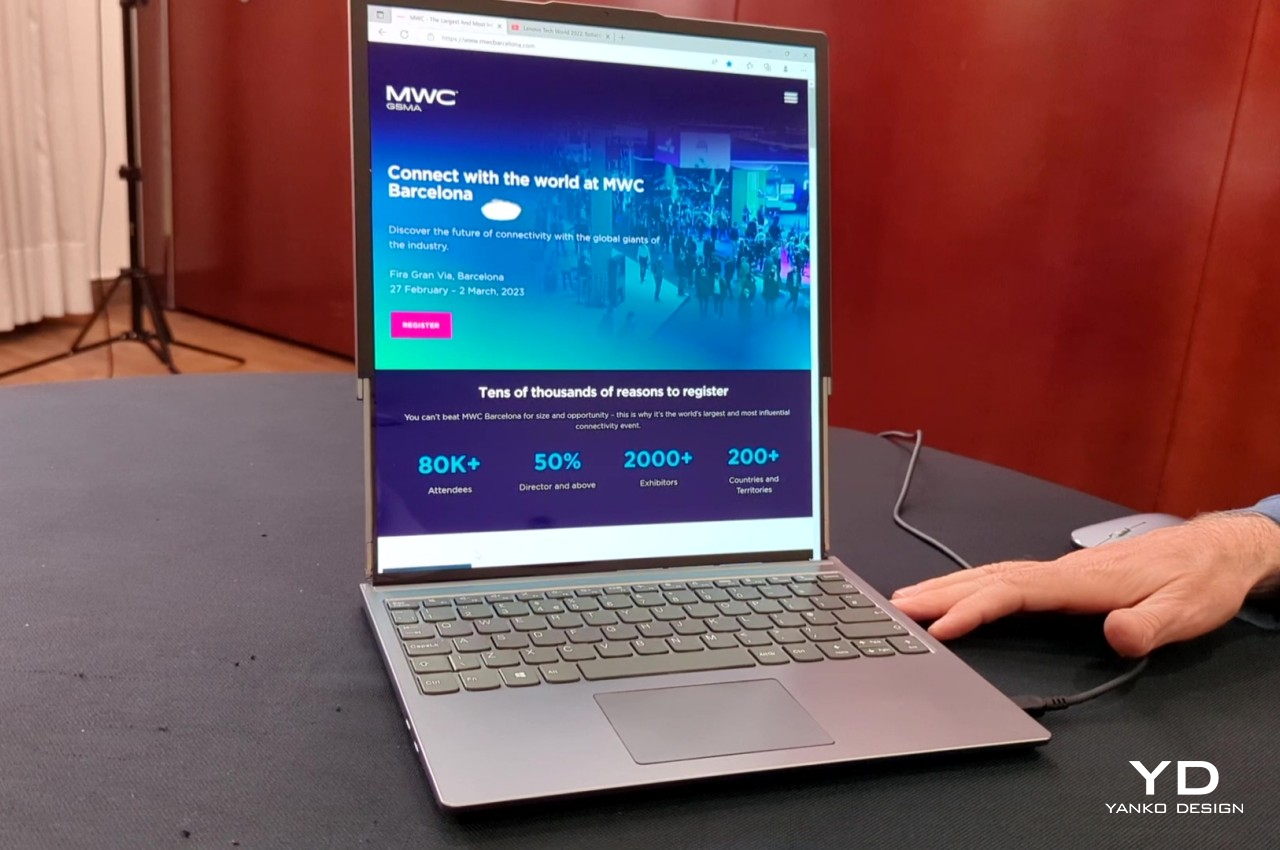
Lenovo says that the prototype’s rollable panel has the same durability as the ThinkPad X1 Fold, which means it has been tested for 20,000 to 30,000 cycles of rolling up and down. The laptop is rather thick at 17.9mm, but like the rollable phone, it is still in its infancy as an R&D device. There is no promise that it will become a product you’ll be able to buy, but it’s definitely reassuring that the world’s biggest PC maker continues to innovate and challenge conventions to push the envelope of computing.
